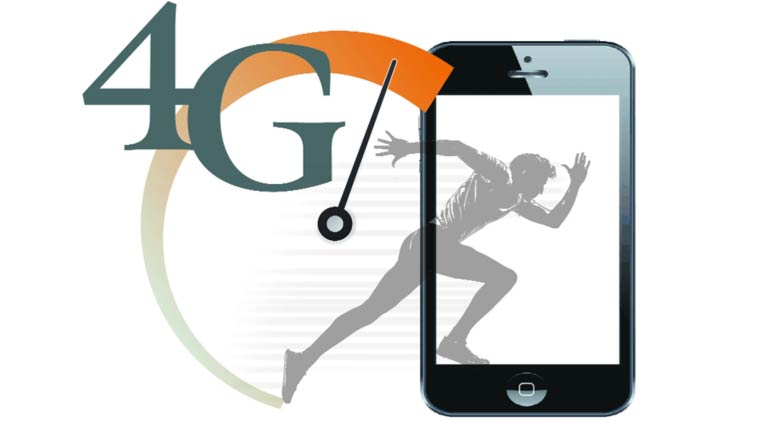Explained: The “G” in 4G
In India, Bharti Airtel launched the first 4G service, using LTE technology in Kolkata in April 2012.
 Reliance Jio holds the highest amount of liberalised spectrum among telecom operators that can be used for deploying any technology for mobile services.
Reliance Jio holds the highest amount of liberalised spectrum among telecom operators that can be used for deploying any technology for mobile services.
It stands for generation, which means that 4G is the most current generation of cell phone network coverage and speeds. 3G technology created the first networks fast enough to make smartphones practical.
Prior to that, the technology was just too slow to enable consumers to do all the things that make smartphones great, like streaming videos, surfing the web and downloading music.
Broadly, two 4G candidate systems are commercially deployed worldwide: the Mobile WiMAX standard that was used first in South Korea in 2007, and the first-release Long Term Evolution (LTE) standard that was used in Norway and Sweden in 2009.
In India, Bharti Airtel launched the first 4G service, using LTE technology in Kolkata in April 2012. In July 2014, Aircel launched 4G across circles in Andhra Pradesh, Assam, Bihar and Odisha. Vodafone India launched its 4G services in Kochi on December 8, 2015 and plans to expand coverage to Bengaluru, Kolkata, Delhi and Mumbai circles by March, 2016.
Reliance Jio launch
Reliance Jio was supposed to roll out services by December-end, however, in the first phase 4G services will be made available only for its employees.
The company is reported to be planning offers such as free subscriptions till the commercial roll out takes place, and heavy discounts on handsets.
RIL CMD Mukesh Ambani in June had said that beta programme (trials) of Reliance Jio “will be upgraded into commercial operations around December of this (2015) year” and “financial year 2016-17 will be the first full year of commercial operations for Jio”.
Reliance Jio holds the highest amount of liberalised spectrum among telecom operators that can be used for deploying any technology for mobile services.
It has 2300MHz spectrum across the country and 800MHz or 1800MHz or both in 20 out of total 22 circles in the country.
The company plans to use this spectrum to provide 4G services using Long Term Evolution .
- 01
- 02
- 03
- 04
- 05































